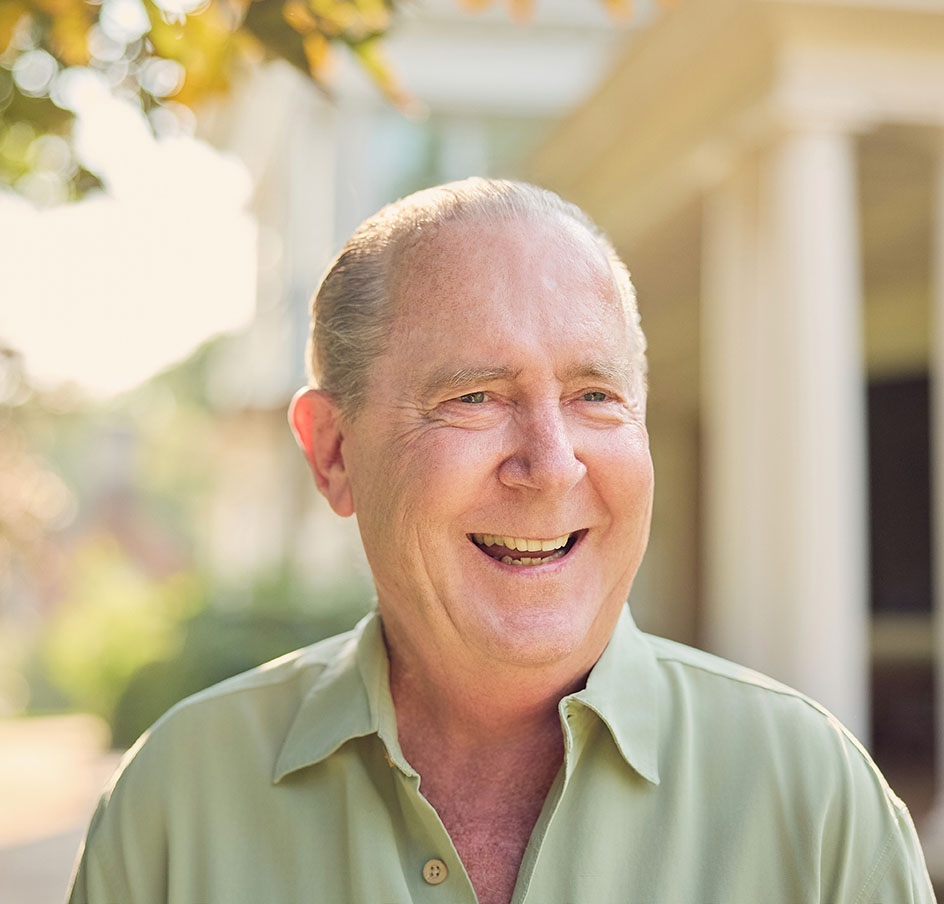Jim H. was enjoying a family vacation in Canada when he started to feel sick. Toward the end of his fun and relaxing break from his business as a plumbing and heating contractor, Jim began coughing up a lot of mucus, and he felt winded and weak.
“I’d climb a few steps and be out of breath,” he says. “I couldn’t even help to load the van to go home. I thought I had a heart problem.”
His wife drove them home to New Jersey, and Jim checked into a hospital for heart tests, which were negative. Shortly thereafter, Jim saw a pulmonologist and was diagnosed with emphysema, a type of chronic obstructive pulmonary disease (COPD). Although emphysema develops gradually over the years, the symptoms of the condition that Jim experienced during his vacation were the first he had noticed.
After his emphysema diagnosis, Jim’s doctor prescribed medicines to help with his breathing. Jim also participated in pulmonary rehabilitation exercise classes to help manage his symptoms and quit smoking.
Jim’s symptoms were fairly stable for a few years, but emphysema is a progressive disease, meaning that it worsens over time. As time went on, Jim experienced a gradual decline in his breathing and exercise ability.
“My emphysema started to get ahead of me in 2017,” Jim says.
Jim, who had always been very active and worked a physically demanding job for 46 years, had to retire at 63.
“I got so weak I could hardly take a shower by myself,” he says. “My disease was accelerating. It finally got to the point where my doctor said, ‘I can’t do any more for you.’”
It was time to seek out new treatments.
Jim turned to Temple for advanced emphysema treatment options
Jim’s doctor suggested he go to the Temple Lung Center, a national leader in treating lung diseases, from common to complex. Temple helps people with all types of lung diseases and offers the latest advanced treatments, including specialized surgeries for severe emphysema. In 2022, Jim met with Gerard J. Criner, MD, FACP, FACCP, the Director of the Temple Lung Center.
Jim had hoped to be a candidate for bronchoscopic lung volume reduction (BLVR), a minimally invasive procedure in which doctors implant valves in the lungs to block off diseased parts of the lungs so that healthier regions can expand and function better. Temple was the first medical center in the United States to perform the procedure. However, after undergoing testing, it was determined that Jim was not a candidate for BLVR.
However, Jim wasn’t out of options. The Temple Lung Center’s COPD Program is one of the most respected in the world — and they have decades of experience in offering innovative treatments to help patients breathe better. In Jim’s case, Dr. Criner recommended an advanced surgical procedure called lung volume reduction surgery (LVRS).
During LVRS, surgeons remove the parts of the lungs most damaged by emphysema. This enables the remaining lung to fill and empty more completely with each breath, allowing patients to take a full, deep breath and get more oxygen.
The Temple Lung Center has one of the nation's most experienced LVRS programs. Temple’s program was among the first in the nation to be certified to perform the surgery and was awarded a Certificate of Distinction from The Joint Commission in recognition of their high-quality care.
‘Absolutely astonishing’
In September 2022, Jim underwent LVRS. Jim’s surgery was performed by thoracic surgeon Charles T. Bakhos, MD, MBA, MS, FACS. Dr. Bakhos completed the surgery through small incisions, using tiny instruments and a video camera, instead of opening up Jim’s chest with a large incision that could take longer to heal. After just five days, Jim was able to continue his recovery from the comfort of home.
“There’s been a marked increase in my endurance, capabilities, and lung capacity,” Jim says. “My breathing is better.”
Jim has enrolled in pulmonary rehab again, at the request of his Temple doctors, and he is able to exercise more than before.
“I can do much more than I was able to do before,” Jim says. “My results are absolutely astonishing.”
Jim has noticed many improvements in his quality of life, including the ease of daily activities, like showering.
“Prior to surgery, I would have to take breaks and lean against the walls of the shower to catch my breath. I would have to do that four or five times,” he says. “Now, I take a shower just like everybody else does — without taking a break. That’s a wonderful new thing for me that I hadn’t been able to do for a long time. It’s the little things that mean so much.”
With his newfound ability to live a more active life, Jim looks forward to fishing, crabbing, and working in the garden with his wife — activities that, until recently, he was unable to fully enjoy.

